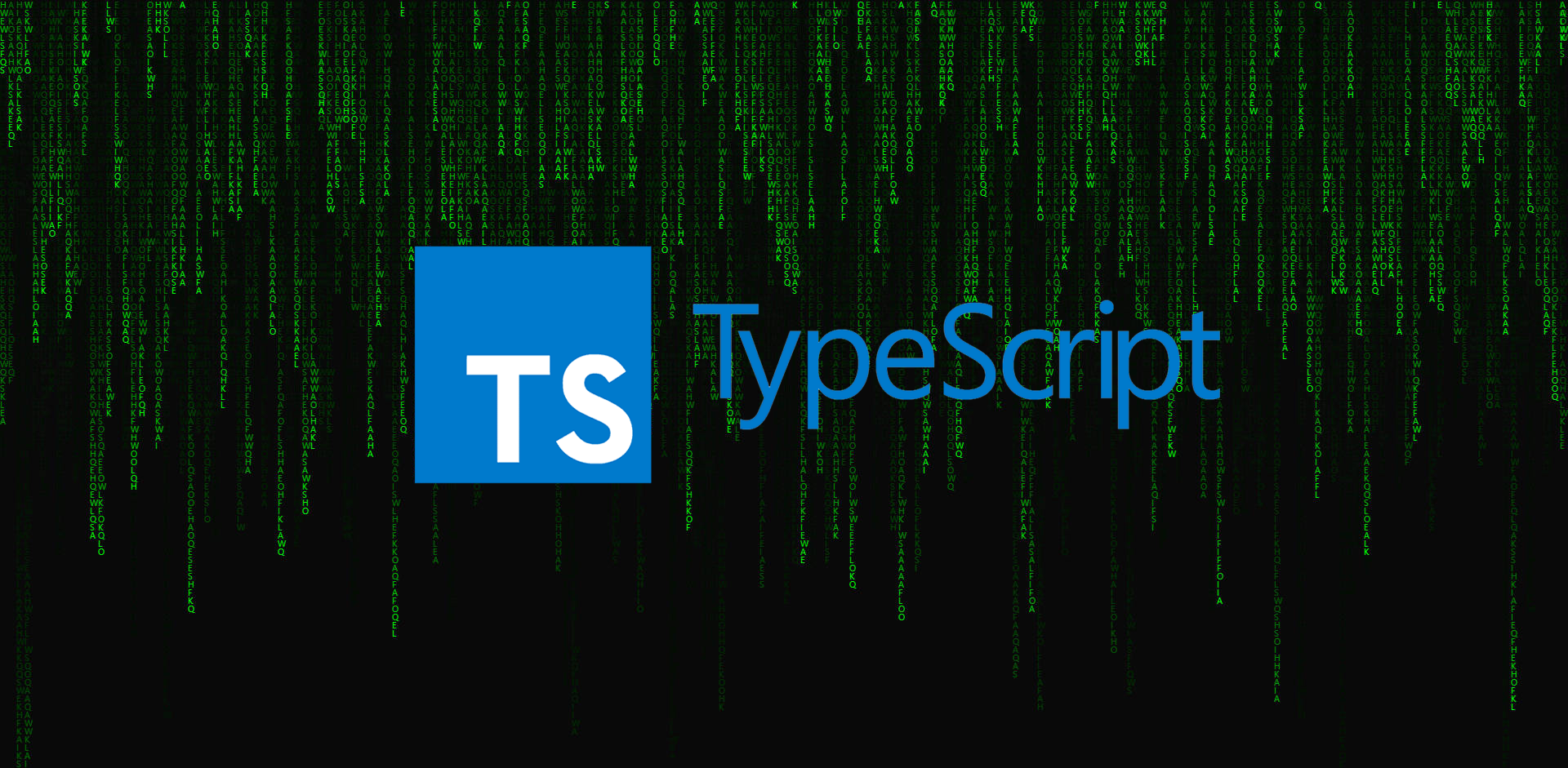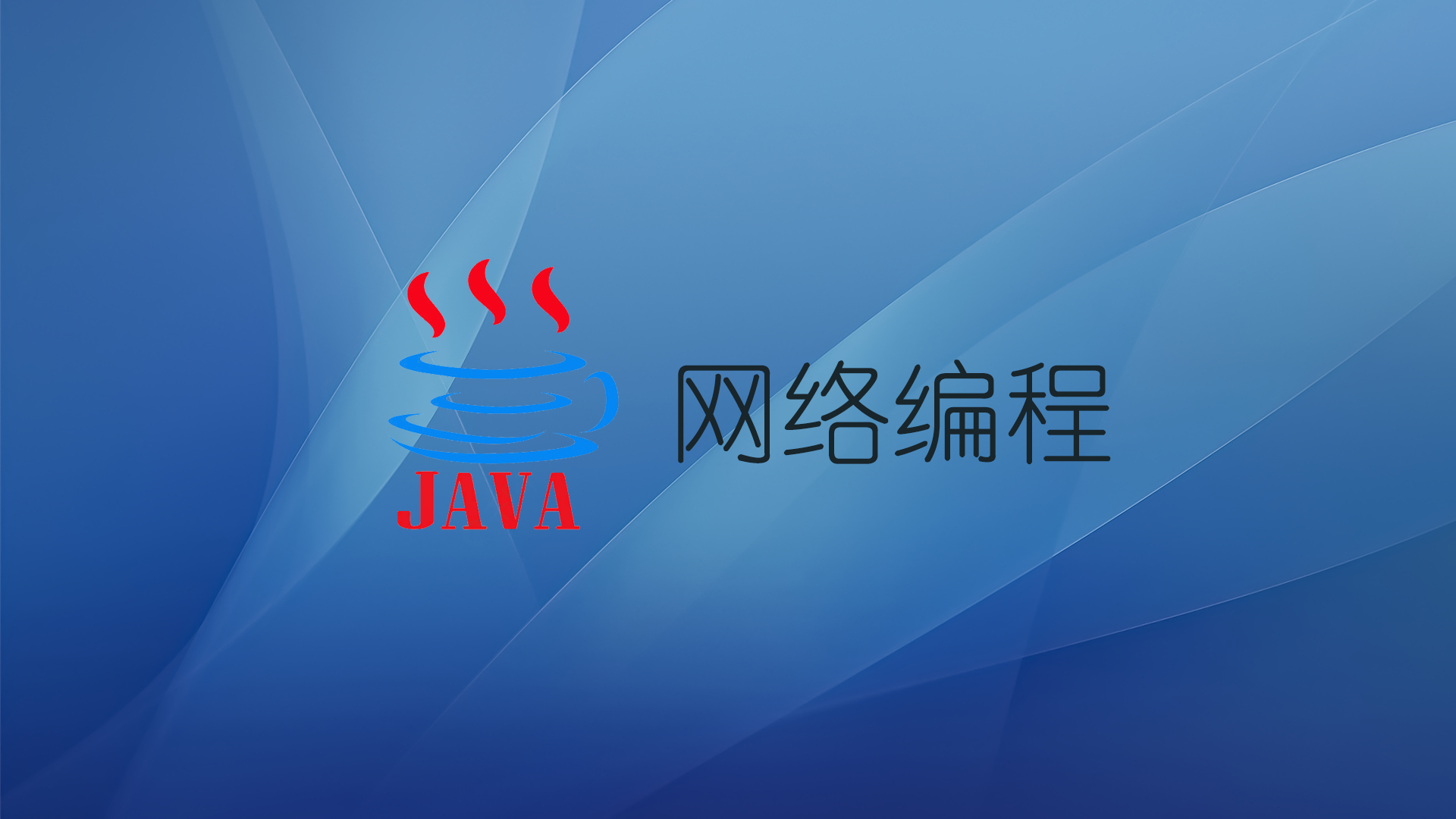常用API
数学类,包装类跳过
时间类,Date,Calendar
import java.util.Calendar;
import java.util.Date;
public class Demo1 {
public static void main(String[] args) {
Date date = new Date();
System.out.println(date);
System.out.println(date.getYear()+1900);
System.out.println(date.getMonth()+1);
System.out.println(date.getTime());
System.out.println("==============================");
Calendar cal = Calendar.getInstance();
cal.set(Calendar.DATE,cal.get(Calendar.DATE)+30);
System.out.println(cal.get(Calendar.YEAR));
System.out.println(cal.get(Calendar.MONTH)+1);
System.out.println(cal.get(Calendar.DATE));
System.out.println(cal.getTime());
cal.setTime(date);
}
}
|
格式化时间
import java.text.SimpleDateFormat;
import java.util.Calendar;
import java.util.Date;
import java.util.Scanner;
public class Demo1 {
public static void main(String[] args) throws Exception{
Date date = new Date();
SimpleDateFormat sdf = new SimpleDateFormat("yyyy-MM-dd HH:mm:ss");
String format = sdf.format(date);
System.out.println(format);
System.out.println("================");
Scanner sc = new Scanner(System.in);
System.out.println("请输入一个时间(yyyy-MM-dd HH:mm:ss)");
String s = sc.nextLine();
SimpleDateFormat inputsdf =new SimpleDateFormat("yyyy-MM-dd HH:mm:ss");
Date parse = inputsdf.parse(s);
String format1 = sdf.format(parse);
System.out.println(format1);
}
}
|
字符串
常用方法
public class Demo1 {
public static void main(String[] args) throws Exception{
String s = "zxcvbnmasgdhjk";
System.out.println(s.charAt(0));
String s1 = s.concat("哈哈哈");
System.out.println(s1);
System.out.println(s1.contains("哈哈哈"));
System.out.println(s1.endsWith("哈哈哈"));
String s2 = "1or2";
String replace = s2.replace("1", "123");
System.out.println(replace);
String s4 ="11_11_123_132";
String[] s3 = s4.split("_");
System.out.println(s3[2]);
}
}
|
在一个字符串数组中,输出每个同学的平均分
public class Demo1 {
public static void main(String[] args) throws Exception{
double sum=0;
String name ="";
String[] stus = {"小绿_数学_12_语文_33_英语_42","小红_数学_54_语文_33_英语_97","小黄_数学_92_语文_23_英语_82"};
for (String s : stus) {
String[] s1 = s.split("_");
Pattern pattern = Pattern.compile("\\d+");
for (int i =0 ;i<s1.length;i++) {
Matcher matcher = pattern.matcher(s1[i]);
if(matcher.find()){
sum+=Integer.parseInt(s1[i]);
}
if(s1[i].equals("小绿") || s1[i].equals("小红") || s1[i].equals("小黄")){
name = s1[i];
}
if(i==s1.length-1){
System.out.println(name+"的平均分是"+sum/3);
sum=0;
name="";
}
}
}
}
}
|
StringBuffer和StringBuilder
两者类似,都代表可变字符串,线程上的区别,一个线程同步一个线程不同步,appen():往后拼接字符串,insert()指定位置插入字符串,
toString,将其变为字符串
StringBuilder sb = new StringBuilder();
sb.capacity()
sb.append("Hello,world!")
sb.reverse()
sb.replace(1,3,"你好")
sb.delete(1,3)
sb.insert(3,"ii")
|
用于格式化小数
public static void main(String[] args) throws Exception{
double d=10/3.0;
System.out.println(d);
DecimalFormat decimalFormat = new DecimalFormat(".00");
String format = decimalFormat.format(d);
System.out.println(format);
}
|
案例 用时间戳写个小案例,计算10s之内的手速
public class Demo1 {
public static void main(String[] args) throws Exception{
System.out.println("按Enter键,开始!");
Scanner scanner = new Scanner(System.in);
scanner.nextLine();
Calendar calendar = Calendar.getInstance();
calendar.set(Calendar.SECOND,Calendar.SECOND+10);
Date end = calendar.getTime();
long endTime = end.getTime();
int count =0;
while (endTime - new Date().getTime() >=0){
scanner.nextLine();
System.out.println("你按了");
count++;
}
System.out.println("你一共按了"+count);
DecimalFormat decimalFormat = new DecimalFormat(".00");
System.out.println("你的手速是"+decimalFormat.format(count / 10.0)+"次/秒");
}
}
|
容器
ArrayList
ArrayList 和 LinkedList区别,ArrayList的内存是连续的,自动扩容。LinkedList的内存可以不连续,下一个内存位置是通过后继指针去寻找,LinkedList查询效率低,但是LinkedList在增删元素的时候效率高。他删除元素只需让后继指针指向另一个就可以
在列表中取出来的数据都是Object类型的,
Set
HashSet:无序和不重复 TreeSet:默认进行排序和不重复
Map
HashMap: 自动排序
如果put了相同的key,原来的key会被顶掉,KeySet()把Map中的所有的Key打包成一个Set集合
iterator(迭代器)
作用就是避免集合的内部结构暴露
public class Demo1 {
public static void main(String[] args) throws Exception{
HashMap Map = new HashMap();
Map.put("1","aaa");
Map.put("2","bbb");
Map.put("3","ccc");
Map.put("4","ddd");
Set set = Map.entrySet();
Iterator iterator = set.iterator();
while (iterator.hasNext()){
Map.Entry next = (Map.Entry)iterator.next();
System.out.println(next.getKey());
System.out.println(next.getValue());
}
}
}
|
Collections工具类
sort(List list)排序,默认升序 reverse(List list)反转集合中的元素
IO流
流的分类:
- 按照读写方向来分,分为输入流和输出流
- 按照读写内容区分,分为字节流和字符流 ,字节流适用于非文本信息读取
- 按照流的功能区分,分为节点流和处理流
File
public class Demo1{
public static void main(String[] args) {
try {
File file = new File("abc/student.txt");
System.out.println(file.getParentFile());
System.out.println(file.getParent());
file.mkdir();
file.mkdirs();
file.renameTo(new File("abc/new.txt"));
file.delete();
System.out.println(file.exists());
file.isAbsolute();
file.length();
File file1 = new File("abc/def/new_2.txt");
if(!file1.getParentFile().exists()){
file1.mkdirs();
}
file1.createNewFile();
} catch (Exception e) {
e.printStackTrace();
} finally {
}
}
}
|
节点流
节点流:直接连接在文件上的,处理流:套在其他流上的
|
输入 |
输出 |
| 字节流 |
InputStream(读数据) |
OutputStream(写数据) |
| 字符流 |
Reader |
Writer |
FileinputStream,读文件操作
public static void main(String[] args) {
try {
FileInputStream inputStream = new FileInputStream(new File("a.txt"));
byte[] bytes = new byte[1024];
int len =0;
while((len=inputStream.read(bytes))!=-1){
String string = new String(bytes,0,len);
System.out.println(string);
}
inputStream.flush();
inputStream.close();
} catch (Exception e) {
e.printStackTrace();
}finally {
}
}
|
FileOutputStream :写入文件操作
public static void main(String[] args) {
try {
FileOutputStream fileOutputStream = new FileOutputStream(new File("a.txt"), true);
fileOutputStream.write("Hello".getBytes());
fileOutputStream.close();
} catch (Exception e) {
e.printStackTrace();
}
}
|
FileReader 一个个读字符
public static void main(String[] args) {
try {
FileReader fileReader = new FileReader(new File("a.txt"));
char[] chars = new char[1024];
int len =0;
while ((len=fileReader.read(chars))!=-1) {
System.out.println(new String(chars,0,len));
}
fileReader.close();
} catch (Exception e) {
e.printStackTrace();
}
}
|
FileWriter
FileWriter fileWriter = new FileWriter(new File("a.txt"),true);
fileWriter.write("你好");
|
缓冲流(处理流)
带有缓冲区的数据流,在文件中拿字节然后经过缓冲区二次处理在传输
BufferedinputStream,BufferedOutputStream,BufferedReader,BufferedWriter
public class Demo1{
public static void main(String[] args) throws Exception{
BufferedInputStream bufferedInputStream = new BufferedInputStream(new FileInputStream(new File("a.txt")));
BufferedReader bufferedReader = new BufferedReader(new FileReader(new File("a.txt")));
System.out.println(bufferedReader.readLine());
}
}
|
转换流 (处理流)
只能字节流转换成字符流
InputStreamReader OutputStreamWriter
public static void main(String[] args) throws Exception{
BufferedReader bs = new BufferedReader(new InputStreamReader(System.in));
System.out.println("从System.in接收到的是:"+bs.readLine());
}
|
对象流(处理流)
ObjectinputStream , ObjectOutputStream
我们对对象进行序列化操作,因为将对象存到硬盘时,要把对象转换为字节,需要给类添加一个实现Serialiable接口,该类就可以自动被序列化
public static void main(String[] args) throws Exception{
ObjectOutputStream oos = new ObjectOutputStream(new FileOutputStream(new File("person.dat")));
User milet = new User(1, "milet", 29);
oos.writeObject(milet);
oos.close();
}
public static void main(String[] args) throws Exception {
ObjectInputStream ois= new ObjectInputStream(new FileInputStream(new File("person.dat")));
User user = (User)ois.readObject();
System.out.println(user.toString());
}
|
小练习
用合适的方法文件中的李白改为李太白
public class Demo1{
public static void main(String[] args) throws Exception{
File origin_file = new File("唐诗.txt");
File new_file = new File("new.txt");
BufferedReader br = new BufferedReader(new FileReader(origin_file));
BufferedWriter bw = new BufferedWriter(new FileWriter(new_file));
String line = "";
while ((line = br.readLine())!=null){
line =line.replace("李白","李太白");
bw.write(line);
bw.newLine();
}
br.close();
bw.flush();
bw.close();
origin_file.delete();
new_file.renameTo(origin_file);
}
}
|
多线程
实现方法
继承Tread类 ,重写run方法
public class MyThread extends Thread{
@Override
public void run() {
for (int i = 0; i < 1000; i++) {
System.out.println("子线程");
}
}
}
public class Demo2 {
public static void main(String[] args) throws Exception {
MyThread myThread = new MyThread();
myThread.start();
for (int i = 0; i < 1000; i++) {
System.out.println(">>>>>>>>>>>>我是主线程");
}
}
}
|
实现Runable接口
public class MyThread implements Runnable{
@Override
public void run() {
for (int i = 0; i < 1000; i++) {
System.out.println("子线程");
}
}
}
public class Demo2 {
public static void main(String[] args) throws Exception {
MyThread myRunable = new MyThread();
Thread thread = new Thread(myRunable);
thread.start();
for (int i = 0; i < 1000; i++) {
System.out.println("主线程");
}
}
}
|
使用Executor框架实现,有返回值 ,转载大佬
https://blog.csdn.net/aboy123/article/details/38307539?ydreferer=aHR0cHM6Ly9jbi5iaW5nLmNvbS8%3D
线程操作
.setPriority();
.sleep()
.join()
.yield()
.interrupt()
|
线程同步
基本使用
当多个线程共享同一个资源时,我们可以在某一个线程访问此资源时,暂时封锁该线程。等待执行结束时,释放此锁,再运行其他线程 ,缺点 ,有死锁风险
方法一 synchronized关键词 ,有死锁风险,使用场景,两个线程都共享同一个资源并且都会去修改这个资源时。
模拟一个银行取钱的流程,Account类
public class Account {
private double balance;
public Account(double balance){
this.balance=balance;
}
public synchronized void getMoney(){
if(this.balance <=0){
System.out.println("无钱可取");
return;
}
System.out.println("取钱,还有"+this.balance);
this.balance-=1000;
System.out.println("还剩"+this.balance);
}
}
|
创建线程
public class GetMoneyThread extends Thread{
private Account acc;
public GetMoneyThread(Account acc){
this.acc=acc;
}
@Override
public void run() {
acc.getMoney();
}
}
|
Test类
public class Test {
public static void main(String[] args) {
Account account = new Account(1000);
GetMoneyThread atm = new GetMoneyThread(account);
GetMoneyThread table = new GetMoneyThread(account);
atm.start();
table.start();
}
}
|
方法二:在方法内部使用synchronized(){}语句块,对特定的对象上锁 (常用)
public void getMoney() {
synchronized (this) {
if (this.balance <= 0) {
System.out.println("无钱可取");
return;
}
System.out.println("取钱,还有" + this.balance);
this.balance -= 1000;
}
System.out.println("还剩" + this.balance);
}
|
方法三:手动上锁,需要手动去掉锁
import java.util.concurrent.locks.Lock;
import java.util.concurrent.locks.ReentrantLock;
public class Account {
private double balance;
private Lock lock = new ReentrantLock();
public Account(double balance){
this.balance=balance;
}
public void getMoney() {
lock.lock();
if (this.balance <= 0) {
System.out.println("无钱可取");
return;
}
System.out.println("取钱,还有" + this.balance);
this.balance -= 1000;
System.out.println("还剩" + this.balance);
lock.unlock();
}
}
|
死锁
如果有互相调用的方法被锁定,慎用synchronized
生产者消费者模型
BlockingQueue 队列 阻塞队列:当队列中没有数据时,需要拿数据时,队列会将程序阻塞,阻塞到有数据位置再继续工作,模拟一个做面包,买面包的示例
生产者线程
import java.util.concurrent.BlockingQueue;
import java.util.concurrent.atomic.AtomicInteger;
public class MakeBreadThread extends Thread{
private static AtomicInteger i = new AtomicInteger();
private BlockingQueue<Bread> breadQueue = null;
public MakeBreadThread(BlockingQueue<Bread> breadQueue){
this.breadQueue =breadQueue;
}
@Override
public void run() {
while (true){
String name = "法式"+i.incrementAndGet();
Bread bread = new Bread(name);
try {
breadQueue.put(bread);
Thread.sleep(200);
} catch (InterruptedException e) {
e.printStackTrace();
}
System.out.println("制作了一个面包"+name);
}
}
}
|
产品类
public class Bread {
private String name;
public Bread(String name) {
this.name = name;
}
public String getName() {
return name;
}
public void setName(String name) {
this.name = name;
}
}
|
消费者线程
import java.util.concurrent.BlockingQueue;
public class BuyBreadThread extends Thread{
private BlockingQueue<Bread> breadQueue;
public BuyBreadThread(BlockingQueue<Bread> breadQueue){
this.breadQueue=breadQueue;
}
@Override
public void run() {
while (true){
try {
Bread bread = breadQueue.take();
System.out.println("我是发送的地方,我购买了"+bread.getName());
Thread.sleep(100);
} catch (InterruptedException e) {
e.printStackTrace();
}
}
}
}
|
测试类
import java.util.concurrent.LinkedBlockingQueue;
public class Test {
public static void main(String[] args) {
LinkedBlockingQueue<Bread> breads = new LinkedBlockingQueue<>();
BuyBreadThread buyThread1 = new BuyBreadThread(breads);
BuyBreadThread buyThread2 = new BuyBreadThread(breads);
BuyBreadThread buyThread3 = new BuyBreadThread(breads);
MakeBreadThread makeThread1 = new MakeBreadThread(breads);
MakeBreadThread makeThread2 = new MakeBreadThread(breads);
buyThread1.start();
buyThread2.start();
buyThread3.start();
makeThread1.start();
makeThread2.start();
}
}
|
练习:模拟运用多线程,火车站4个窗口卖1000张票 。
Ticket类
public class Ticket {
private int id;
private String name;
public Ticket(int id, String name) {
this.id = id;
this.name = name;
}
public int getId() {
return id;
}
public void setId(int id) {
this.id = id;
}
public String getName() {
return name;
}
public void setName(String name) {
this.name = name;
}
}
|
TicketThrea类
public class TicketsThread extends Thread{
private List<Ticket> ticketList;
private static AtomicInteger i = new AtomicInteger();
public TicketsThread(List<Ticket> ticketList,String name){
this.ticketList = ticketList;
super.setName(name);
}
@Override
public void run() {
while (true){
if(i.get()+4<ticketList.size()){
try {
Thread.sleep(new Random().nextInt(200));
} catch (InterruptedException e) {
e.printStackTrace();
}
Ticket ticket = ticketList.get(i.incrementAndGet());
System.out.println(super.getName()+"卖出"+ticket.getName());
}else{
System.out.println(super.getName()+"卖完了");
break;
}
}
}
}
|
Test类
import java.util.ArrayList;
public class Test {
public static void main(String[] args) {
ArrayList<Ticket> tickets = new ArrayList<>();
for (int i = 0; i < 1000; i++) {
Ticket ticket = new Ticket(i, "火车票" + i);
tickets.add(ticket);
}
TicketsThread tt1 = new TicketsThread(tickets, "窗口1");
TicketsThread tt2 = new TicketsThread(tickets, "窗口2");
TicketsThread tt3 = new TicketsThread(tickets, "窗口3");
TicketsThread tt4 = new TicketsThread(tickets, "窗口4");
tt1.start();
tt2.start();
tt3.start();
tt4.start();
}
}
|
网络编程
TCP编程
模拟服务器和客户端之间的通信,先建立两个线程类,接收消息和发送消息
SendThread类
public class SendThread extends Thread{
private Socket socket;
public SendThread(Socket socket){
this.socket=socket;
}
@Override
public void run() {
Scanner sc = new Scanner(System.in);
while(true){
try {
OutputStream os = socket.getOutputStream();
BufferedWriter bw = new BufferedWriter(new OutputStreamWriter(os));
bw.write(sc.nextLine());
bw.newLine();
bw.flush();
} catch (Exception e) {
e.printStackTrace();
}
}
}
}
|
RaceThead类
public class RaceThread extends Thread{
private Socket socket;
public RaceThread(Socket socket){
this.socket= socket;
}
@Override
public void run() {
while (true){
try {
InputStream is = socket.getInputStream();
BufferedReader br = new BufferedReader(new InputStreamReader(is));
String s = br.readLine();
System.out.println("接收到数据是"+s);
} catch (Exception e) {
e.printStackTrace();
}
}
}
}
|
Server类
public class Sever {
public static void main(String[] args) throws Exception{
ServerSocket ss = new ServerSocket(9998);
Socket socket = ss.accept();
RaceThread rt = new RaceThread(socket);
rt.start();
SendThread st = new SendThread(socket);
st.start();
}
}
|
Client类
public class Client {
public static void main(String[] args) throws Exception{
Socket socket = new Socket("localhost", 9998);
System.out.println("连接服务器成功");
RaceThread rt = new RaceThread(socket);
rt.start();
SendThread st = new SendThread(socket);
st.start();
}
}
|
实现多人聊天程序
public class SocketUtil {
public static void send(Socket s , String msg){
try {
OutputStream os = s.getOutputStream();
BufferedWriter bw = new BufferedWriter(new OutputStreamWriter(os));
bw.write(msg);
bw.newLine();
bw.flush();
} catch (Exception e) {
e.printStackTrace();
}
}
public static String recesive(Socket socket){
try {
InputStream is = socket.getInputStream();
BufferedReader br = new BufferedReader(new InputStreamReader(is));
String s = br.readLine();
return s;
} catch (Exception e) {
e.printStackTrace();
}
return null;
}
}
|
public class RaceThread extends Thread{
private Socket socket;
public RaceThread(Socket socket){
this.socket= socket;
}
@Override
public void run() {
while (true){
String content = SocketUtil.recesive(socket);
System.out.println("接收到的消息"+content);
}
}
}
|
public class SendThread extends Thread{
private Socket socket;
public SendThread(Socket socket){
this.socket=socket;
}
@Override
public void run() {
Scanner sc = new Scanner(System.in);
while(true){
String content = sc.nextLine();
SocketUtil.send(socket,content);
}
}
}
|
public class ServerMsgThread extends Thread{
private Socket socket;
private List<Socket> socketList;
public ServerMsgThread(Socket socket,List<Socket> socketList){
this.socket= socket;
this.socketList=socketList;
}
@Override
public void run() {
while (true){
String content = SocketUtil.recesive(socket);
for (Socket socket1 : socketList) {
if(socket1.equals(this.socket)){
continue;
}
SocketUtil.send(socket1,content);
}
}
}
}
|
public class Client {
public static void main(String[] args) throws Exception{
Socket socket = new Socket("localhost", 9998);
System.out.println("连接服务器成功");
new RaceThread(socket).start();
new SendThread(socket).start();
}
}
|
public class Server {
public static void main(String[] args) throws Exception{
ServerSocket ss = new ServerSocket(9998);
List<Socket> socketList = new ArrayList<>();
while (true){
Socket socket = ss.accept();
socketList.add(socket);
new ServerMsgThread(socket,socketList).start();
}
}
}
|
UDP编程
Server类
public class Server {
public static void main(String[] args) throws Exception {
DatagramSocket ds = new DatagramSocket(9000);
byte[] bytes = new byte[1024];
DatagramPacket dp = new DatagramPacket(bytes,1024);
ds.receive(dp);
String s = new String(bytes, 0, dp.getLength());
System.out.println("从客户端接收到的数据是"+s);
byte[] bytes1 = "你也不错".getBytes();
DatagramPacket send_dp = new DatagramPacket(bytes1,bytes1.length, InetAddress.getByName("localhost"),9998);
ds.send(send_dp);
}
}
|
Client类
public class Client {
public static void main(String[] args) throws Exception{
DatagramSocket ds = new DatagramSocket(9998);
byte[] bs = "你好".getBytes();
DatagramPacket dp = new DatagramPacket(bs, bs.length, InetAddress.getByName("localhost"),9000);
ds.send(dp);
byte[] bytes = new byte[1024];
DatagramPacket dp2 = new DatagramPacket(bytes, 1024);
ds.receive(dp2);
String s = new String(bytes, 0, dp2.getLength());
System.out.println("服务端接受的数据有"+s);
}
}
|
UDP模拟多人聊天室
原理,多个客户端给服务器发送信息,再由服务器分发给其他客户端,通过用户列表来存入客户端信息
public class SendThread extends Thread{
private DatagramSocket ds;
public SendThread(DatagramSocket ds){
this.ds=ds;
}
@Override
public void run() {
Scanner sc = new Scanner(System.in);
while (true){
try {
String s = sc.nextLine();
byte[] bs =s.getBytes();
DatagramPacket packet = new DatagramPacket(bs, bs.length, InetAddress.getByName("localhost"), 9999);
ds.send(packet);
} catch (Exception e) {
e.printStackTrace();
}
}
}
}
|
public class ReceThread extends Thread{
private DatagramSocket ds;
public ReceThread(DatagramSocket ds){
this.ds = ds;
}
@Override
public void run() {
while (true){
try {
byte[] bytes = new byte[1024];
DatagramPacket dp = new DatagramPacket(bytes, 1024);
ds.receive(dp);
System.out.println(new String(bytes, 0, dp.getLength()));
} catch (Exception e) {
e.printStackTrace();
}
}
}
}
|
public class Client {
public static void main(String[] args) throws Exception{
Scanner sc = new Scanner(System.in);
System.out.println("请输入你的端口号");
int port = Integer.parseInt(sc.nextLine());
DatagramSocket ds = new DatagramSocket(port);
byte[] bs ="有新客户端进入".getBytes();
DatagramPacket packet = new DatagramPacket(bs, bs.length, InetAddress.getByName("localhost"), 9999);
new SendThread(ds).start();
new ReceThread(ds).start();
}
}
|
public class Server {
public static void main(String[] args) throws Exception {
DatagramSocket ds = new DatagramSocket(9999);
System.out.println("服务器开启等待连接");
List<HashMap<String,String>> clientList = new ArrayList<>();
while (true){
byte[] bytes = new byte[1024];
DatagramPacket dp = new DatagramPacket(bytes, 1024);
ds.receive(dp);
String ip = dp.getAddress().getHostAddress();
String port = dp.getPort()+"";
boolean flag =true;
for (HashMap<String, String> list : clientList) {
if(list.get("ip").equals(ip) && list.get("port").equals(port)){
flag =false;
break;
}
}
if(flag=true){
HashMap<String, String> map = new HashMap<>();
map.put("ip",ip);
map.put("port",port);
clientList.add(map);
}
for (HashMap<String, String> list : clientList) {
if(list.get("ip").equals(ip) && list.get("port").equals(port)){
continue;
}else {
DatagramPacket dp2 = new DatagramPacket(bytes, 0, dp.getLength(), InetAddress.getByName(list.get("ip")), Integer.parseInt(list.get("port")));
ds.send(dp2);
}
}
}
}
}
|
Java补充






